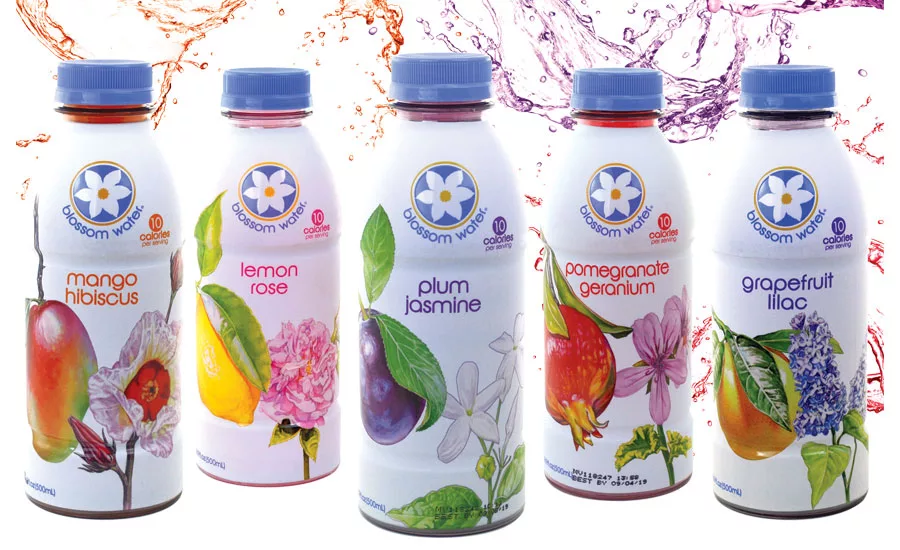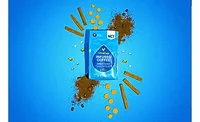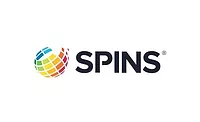Health and wellness becomes more complex
Healthy aging holds promise for beverage market

When trying to instill an appreciation for the complexity of art, many art teachers and aficionados will highlight Georges Seurat’s 19th century painting titled “A Sunday on La Grande Jatte.” The oil on canvas is celebrated for its juxtaposition of optics and color exemplified by painted use of dashes and dots. The complexity of Seurat’s famous painting has become a representation of the post-Impressionist movement and the innovative ways artists transitioned into the avant-garde art movement. Although unlikely to be celebrated in a high-traffic art museum, today’s health-and-wellness movement has shown itself to exhibit its own layers of complexity to support today’s consumers.
“Americans’ definition of health and wellness has gotten more complex,” says Gary Hemphill, managing director of research for New York-based Beverage Marketing Corporation (BMC). “It varies by individual and it has morphed over time.”
The Miami-based Global Wellness Institute (GWI), a nonprofit organization with a mission to empower wellness worldwide by educating public and private sectors about preventative health and wellness, also recognizes how health and wellness has evolved.
“Once upon a time, our contact with wellness was occasional — we went to the gym or got a massage,” said Katherine Johnson, a GWI senior researcher, in a statement at the 12th annual Global Wellness Summit in October 2018. “But this is changing fast: a wellness mindset is starting to permeate the global consumer consciousness, affecting people’s daily decision-making — whether food purchases, a focus on mental wellness and reducing stress, incorporating movement into daily life, environmental consciousness, or their yearning for connection and happiness. Wellness, for more people, is evolving from rarely to daily, from episodic to essential, from a luxury to a dominant lifestyle value. And that profound shift is driving powerful growth.”
Growing opportunities
According to the GWI, the global wellness industry has grown to be a $4.2 trillion market across 10 sectors: Personal Care, Beauty & Anti-Aging; Healthy Eating, Nutrition & Weight Loss; Wellness Tourism; Fitness & Mind-Body; Preventive & Personalized Medicine and Public Health; Traditional & Complementary Medicine; Wellness Real Estate; Spa Economy; Thermal/Mineral Springs; and Workplace Wellness.
As the second largest global wellness sector (Personal Care, Beauty & Anti-Aging being No. 1), Healthy Eating, Nutrition & Weight Loss accounted for $702.1 billion of the wellness economy in 2017, up from $647.8 billion in 2015, according to data from GWI. This puts the wellness sector’s average annual growth rate at 4.1 percent, it adds. In fact, GWI estimates that the wellness industry now accounts for 5.3 percent of the global economic output.
Given the economic impact health and wellness has accrued, analysts foresee its reach only growing, particularly within the food and beverage markets. For example, Chicago-based Mintel identified “Through the Ages” as one of its trends to watch in its November 2018 “Global Food and Drink Trends 2019” report.
“Healthy aging is emerging as a food and drink opportunity in 2019,” the report states. “Preparing oneself for a longer, healthier lifespan is particularly relevant as consumers view health and wellness as a holistic, proactive and ongoing pursuit. Consumer priorities for health and wellness is a continuation of the importance of self-care, a habit identified in Mintel’s ‘2018 Global Food and Drink Trend’ Self-Fulfilling Practices.”
Noting that the global population of those aged 60 and older only continues to expand, the market research firm highlights the relevancy that aging has and what that can mean for manufacturers for the food and beverage markets.
“Longer lifespans present opportunities for food and drink manufacturers to take inspiration from the beauty industry and create products that help people look and feel young,” the report states. “Food and drink products can help people of all ages improve their bone, joint and brain health, as well as proactively address other age-related health concerns.”
Mintel encourages food and beverage manufacturers to explore formulations through better-for-you ingredients that support segments like bone and joint health, immune systems and cognitive health. It also identifies a growing healthy aging segment: eye health.
“Considerations such as eye health are also growing in importance in our technology-centric culture, which has many consumers looking at screens for the better part of the day,” the report states.
As these healthy ageing product attributes gain footing in the beverage market, ingredients that support these properties also are likely to proliferate.
“With more consumers taking an active interest in their long-term health, expect to see more nootropics, a broad group of supplements like L-theanine, B vitamins, choline and omega-3s, that claim to enhance brain power, focus, alertness and general well-being,” Mintel forecasts in the report.
BMC’s Hemphill adds that health-and-wellness formulations have come to be about an amalgamation of not just what’s in the product but also what isn’t.
“In a nutshell, healthier drinking and eating today entails fewer calories, less sugar and more natural and organic products,” he says. “Drinking healthier beverages is as much about what’s in the products as what’s not in the products.”
Among the beverage categories, Hemphill notes that some have reaped the benefits of the health-and-wellness movement more than others.
“The single biggest trend in health and wellness from a category perspective has been the emergence of bottled water as the most popular beverage category in the U.S.,” he says. “On the flip side, the decline of carbonated soft drinks has come about in part due to the consumer movement to healthier beverages.”
Based on estimated wholesale dollars, the wellness and functional ready-to-drink (RTD) beverage segment accounted for more than $81.3 billion in 2017, according to BMC data. This is up from the more than $70 billion in 2012.
“Beverages with health-and-wellness attributes are outpacing the growth of the overall market and are likely to continue to do so in the years ahead,” Hemphill says.
Although the GWI doesn’t specifically track beverage metrics, Beth McGroarty, vice president of research for GWI, highlights that an observational analysis does show an increase in demand for food and beverages that are natural or organic. She notes that this could be linked to various reasons.
“[As] one example, informed parents understand the connection between diseases like Type 2 diabetes and diet and realize they can spare their children the hardship of making lifestyle changes later in their lives by instilling healthy habits at an early age,” she says. “In 2013, WHO estimated there were 42 million obese children under the age of five worldwide.”
Diverse demographics
With the health-and-wellness market more complex than in past years, analysts can trace the changing layers to diverse health-and-wellness trends across demographics.
“In general, the new emphasis on wellness crosses all demographics,” McGroarty says. “Of course, children are deeply influenced by the habits and practices of their parents or caregivers. Early adapters of wellness modalities — especially affluent celebrities who receive attention for their lifestyle choices — may have more resources to spend on healthy, organic food, special fitness programs, etc. However, the Global Wellness Institute is committed to the democratization of wellness, i.e., wellness for all.”
To support this mission, the GWI launched The Wellness Moonshot in 2017, which is designed to create a world free of preventable diseases, it says.
“The Wellness Moonshot is a call to action to eradicate chronic, preventable disease worldwide by uniting the health and wellness industries,” McGroarty explains. “GWI’s goal is to aggregate information on a global scale, collaborate to share knowledge and eliminate silos, and accelerate the pace of change to achieve significant results. The campaign has received strong support from global wellness leaders, medical professionals, and committed organizations.”
When it comes to developing food and beverages that support healthy aging, Mintel says that manufacturers should start with senior consumers.
“At a time when record numbers of people are living to be 100 years old, food and drink companies are challenged to address the wide variety of health states of consumers aged 55 and older,” the report states. “The diversity of seniors’ needs can be addressed through food and drink for medical purposes as well as products designed for prevention, with formulations that are nutritious, flavorful, and easy to consume.”
For example, the report details that 20 percent of U.S. consumers aged 65 and older currently use a supplement for joint health.
Because what might be important to a person as an adult is not the same as to a child and vice versa, variations of health and wellness exist in the market, BMC’s Hemphill says. “As the beverage landscape has proliferated, we have seen marketers develop products for specific demographic groups,” he says.
But no matter which demographic food and beverage marketers are targeting, Mintel highlights the lessons that can be learned from the beauty and personal care markets. “Beauty and personal care has successfully established a model for healthy aging by designing proactive products that are marketed with positive language to people of all ages,” the report states. “Food and drink brands can follow similar models and target healthy aging products toward consumers of any age who want to prepare their bodies for longer lifespans.” BI
Looking for a reprint of this article?
From high-res PDFs to custom plaques, order your copy today!






